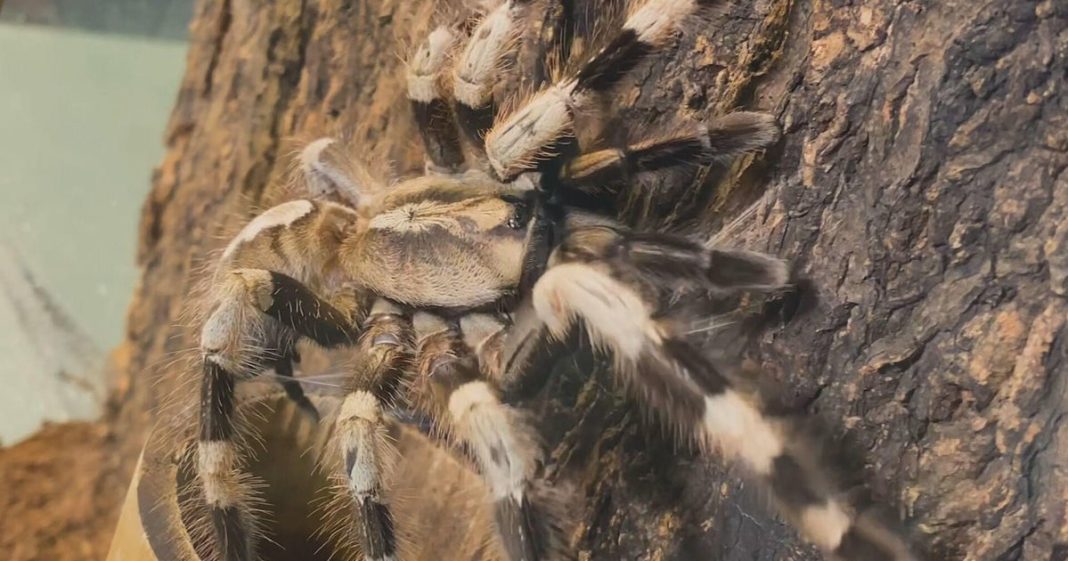

A wave of tarantula sightings might occur in the next few months across portions of the U.S. as mating season begins.
The secretive spiders are rarely seen – except during mating season. The hairy arachnids that are the size of a baseball will be spotted in the following states: California, Colorado, Kansas, New Mexico and Texas, according to CBS Chicago.
September and October are prime months to see tens of thousands of adult male tarantulas searching for a female ready to lay eggs in her nest, according to Pinnacles National Park in California. The largest spiders in North America, tarantulas are typically two to three inches long and are covered with thousands of fine hairs ranging in color from tan to dark brown.
The spiders are usually out from late evening to early dawn to find a mate.
How do tarantulas mate, and how do they reproduce?
A male tarantula begins his search for a mate when he reaches 8 or 10 years old. Tarantulas are solitary except during mating season, when the male follows the scent of a female tarantula to the receptive female’s burrow.
The female lines her burrow with silk webbing, waiting to be courted. The male taps one of his legs against the ground to alert the female until she emerges from her burrow. The male and female then participate in a mating dance — in which the male fends off the female, who wishes to devour him.
The death of the male can provide the female with nutrition. If he escapes the female’s death dance, he dies within the year, the National Park Service said.
How long do tarantulas live, and how did their name come about?
They usually reach maturity around 10 years of age. Males die within a year of mating and may be eaten by the female before they mate. Females can live over 20 years, making them one of the spiders with the longest life spans. They can produce eggs for 25 years or more.
The term “tarantula” originally referred to a southern European wolf spider called Lycosa tarentula, which was named after the town of Taranto, Italy. At one time, it was believed that the bite of this spider caused tarantism — which led to uncontrollable dancing and weeping, according to Pinnacles. The dance — known as Tarentella — turned into a popular Italian folk dance, and even inspired classical compositions.
What do tarantulas eat, and what prompts them to bite?
Tarantulas eat a variety of insects, in addition to snakes and small rodents. Tarantulas are sometimes eaten by lizards, snakes, birds and tarantula hawks, according to Pinnacles.
Their bites can cause a painful reaction, with some comparing it to a bee sting. But tarantulas are usually gentle and rarely use their fangs — except to catch prey. Or if they are provoked.
If alarmed, a tarantula will raise its front legs and abdomen to look aggressive, and they may also release stinging hairs from their abdomen, which irritate the skin.
They can also jump up to two feet, according to CBS Chicago.
What should you do if you spot a tarantula?
If you spot a tarantula, take time to observe its behavior and body, according to the National Park Service.
“Contrary to appearance and reputation, the tarantula is a timid creature and will not bite human beings unless seriously provoked,” the NPS says.
Source link





